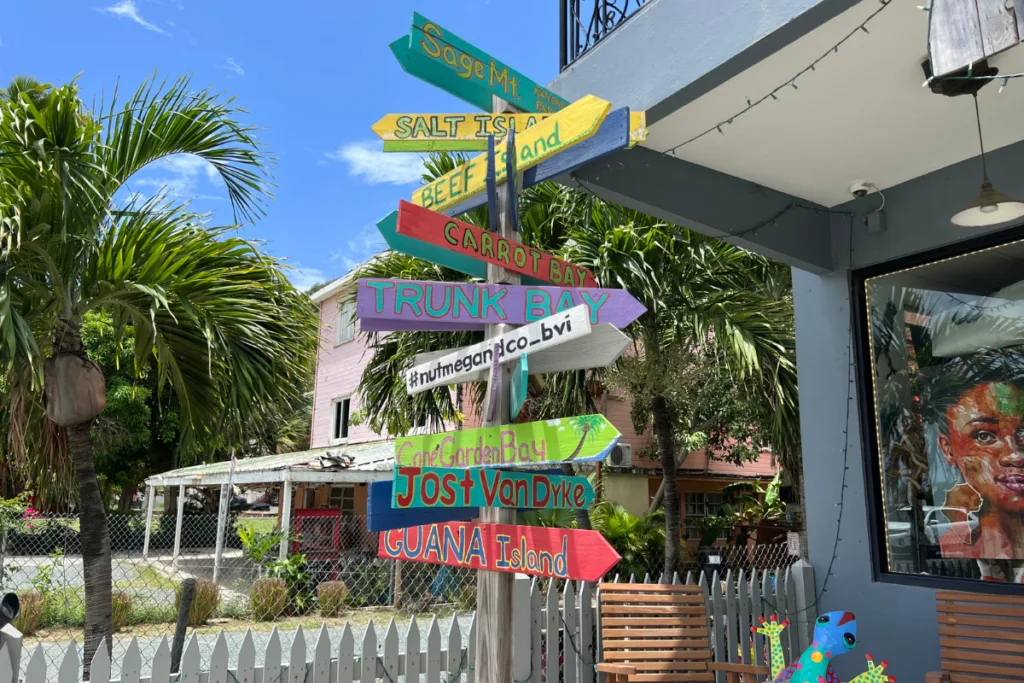Table of Contents
British Virgin Islands vs. US Virgin Islands: What is the difference and which one is right for your family vacation?
The Virgin Islands sit just east of Puerto Rico, scattered across the Caribbean like a string of tropical pearls. On the map, they look like one big island group—but a hidden border splits them in two: the US Virgin Islands (USVI) and the British Virgin Islands (BVI).
At first glance, they might seem pretty similar. But after visiting both—on family trips and kid-free getaways—we’ve come to appreciate just how different they really are.
Whether you’re dreaming of beach days, boat trips, or a little bit of adventure, we’re here to help you figure out which side of the Virgin Islands is the better fit for your next vacation.
Let’s take a closer look at USVI vs BVI.
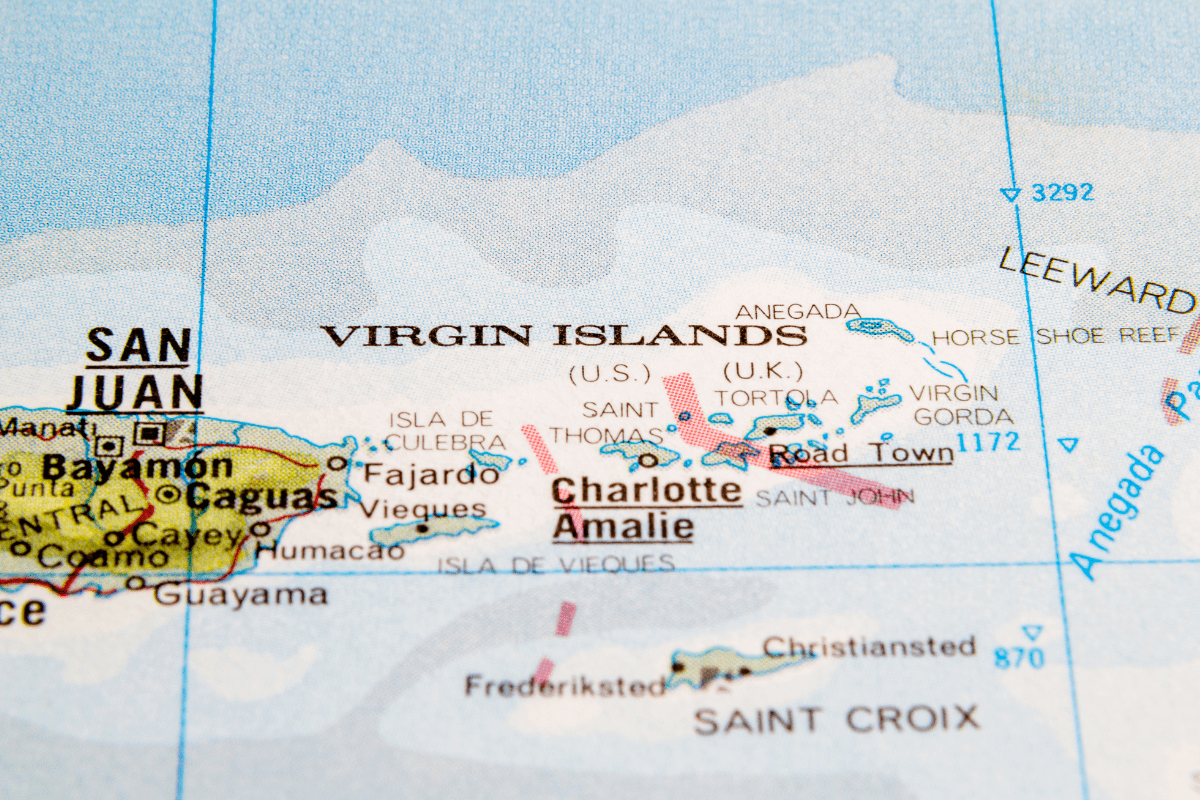
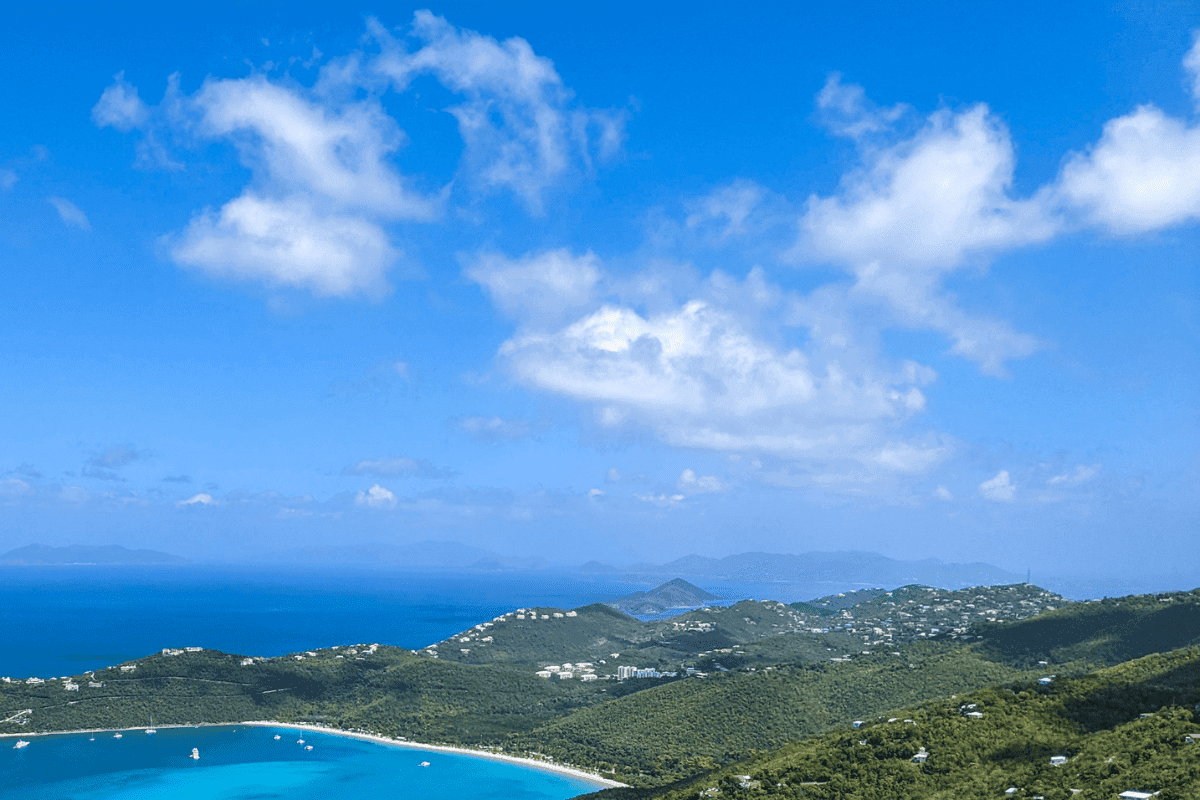
Tortola vs St Thomas: The Main Islands in the British Virgin Islands vs the US Virgin Islands
The US Virgin Islands is made up of three main islands: Saint Thomas, Saint John, and Saint Croix.
On the British side, you’ll find four main islands: Tortola, Virgin Gorda, Jost Van, and Anegada.
Let’s start by comparing the main island of each chain.
The biggest U.S. Virgin Island—and the one with the busiest international airport—is Saint Thomas. On the British side, it’s Tortola. When you compare St. Thomas to Tortola, the differences between the British Virgin Islands and the US Virgin Islands start to come into focus.
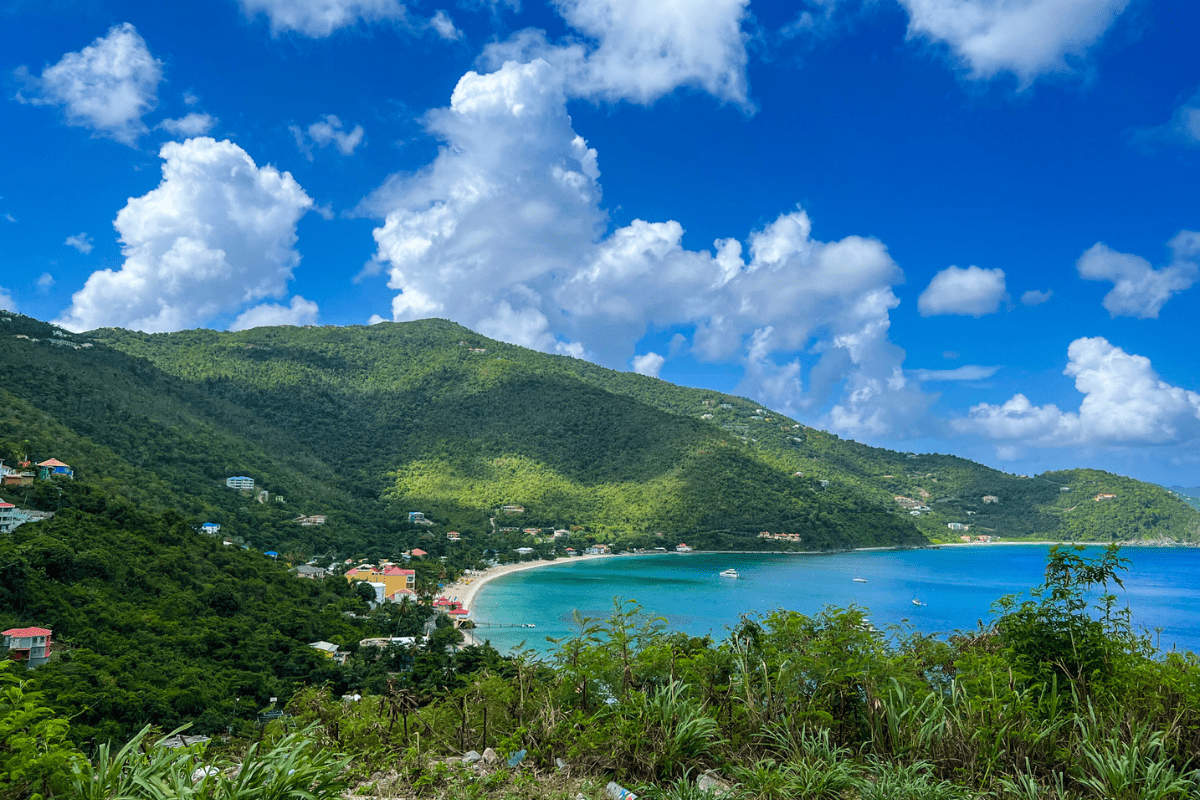
Tortola: BVI’s Main Island
Tortola, the largest of the British Virgin Islands, offers a laid-back vibe with its uncrowded beaches and charming, family-run establishments. It’s an island that invites you to slow down and immerse yourself in its natural beauty.
Tortola has long been a popular destination for boat charters and yachters, and thus maintains a sophisticated and luxurious allure.
You’ll find no mega resorts in Tortola, and no big international brand hotels, except for one small Wyndham resort with less than 40 rooms. Instead, you’ll find independently owned boutique hotels, like the gorgeous and newly rebuilt Long Bay Beach Resort, and some quaint B&Bs.
Other BVI Islands: Adventure Beyond Tortola
While Tortola is the heart of the British Virgin Islands, the surrounding islands are where the BVI really shines—especially if you’re up for a little island-hopping.
Virgin Gorda is best known for the Baths, and has a relaxed, upscale vibe perfect for a day trip or a longer stay. Jost Van Dyke brings the beach bar charm (hello, Painkillers), while Anegada is the outlier—flat, quiet, and full of wide-open beaches and fresh-caught lobster.
And if you’re dreaming of total seclusion? Guana Island is one of our favorite private island escapes anywhere—just one resort, no distractions, and views for days.
Each island in the BVI offers something a little different, and exploring more than one is part of the adventure. This overview just scratches the surface—check out our full guide to the best BVI islands for families to dive deeper into what makes each one special.
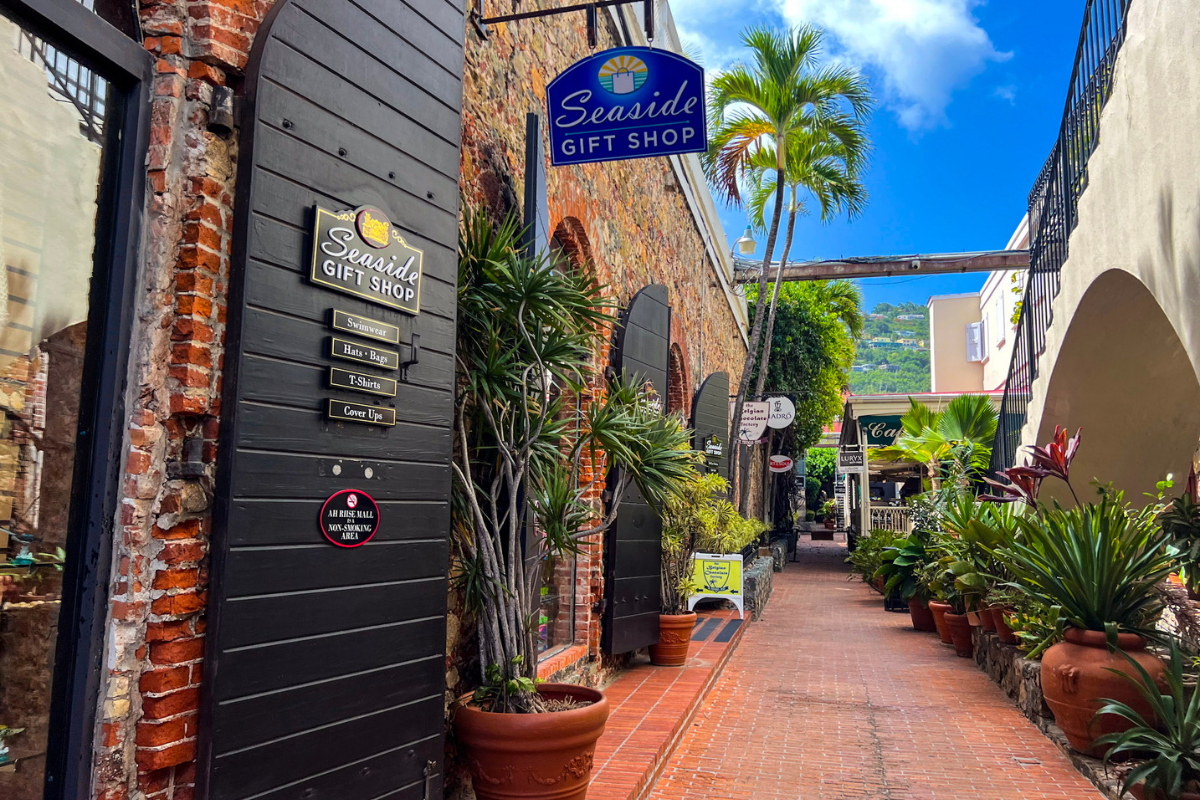
St. Thomas: USVI’s Bustling Hub
St. Thomas, the bustling heart of the U.S. Virgin Islands, stands in complete contrast to Tortola with its lively atmosphere. Here, you’ll find a more Americanized tropical destination, with a bigger variety of shopping venues, restaurants, and larger resorts.
St. Thomas is an island that caters to those who want a bit of everything at their fingertips. You want a Marriott, Ritz, Hilton, or Wyndham? You’ve got ‘em. But you’ll also find some more charming, unique hotels too, like our personal favorite, Secret Harbour Beach Resort. And there are plenty of villas that dot the hills of St. Thomas, too.
Other USVI Islands: A Different Vibe on Each Shore
It’s not just St. Thomas that makes the USVI worth visiting – although it’s probably the best home base in the US Virgin Islands for families. But each island has its own personality—and they’re all easy to explore without needing a passport.
St. John is the favorite for families craving nature and quiet. With most of the island protected as a national park, it’s all about hiking trails, soft-sand beaches, and calm coves for snorkeling. It’s a short ferry ride from St. Thomas, but feels a world apart.
St. Croix, the largest of the three, is more spread out and relaxed, with Danish history, cute towns, and some of the best diving in the Caribbean. It’s a bit farther to get to, but totally worth the detour for a unique experience.
The best part? You can easily hop between these islands by boat or quick flight, making it simple to mix beach time, adventure, and a little culture—without ever leaving the US.

